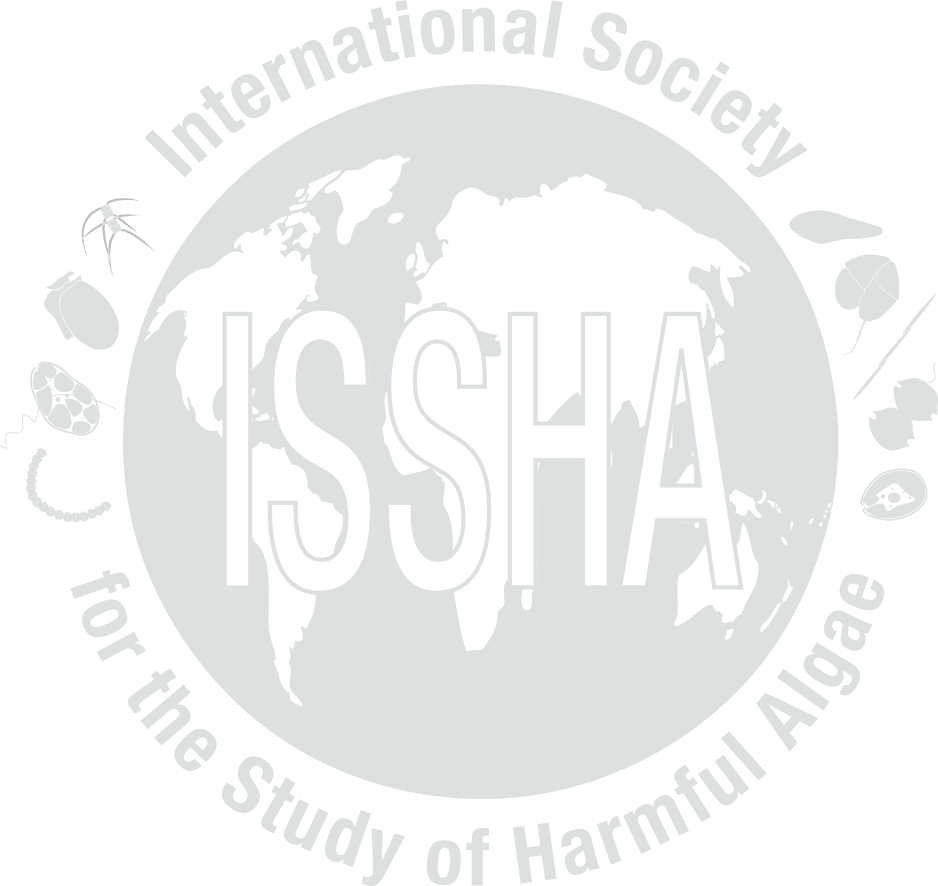


| Event name: | ES-99-014 | |
| Country: | SPAIN | |
|
Nature of the harmful event: |
High Phyto concentration , Seafood toxins | |
|
Event directly affected: |
Shellfish | |
| Toxicity detected: | Yes (Approximate range: 149.6 µg STXeq / 100 g) | |
| Associated syndrome: | PSP | |
| Unexplained toxicity: | No | |
| Species implicated in toxin transmission (transvector): | ||
| Report the outcome of a monitoring programme: | Yes | |
| Event occurred before in this location: | Yes (The summer of 1998 a widespread bloom of A. catenella occurred in the area.) | |
| Individuals to contact: | VILA, Magda | |
| Location: | Latitude: , Longitude: | |
| General location information: |
Coma-ruga to Arenys, Catalonia, NE Spain HAB Area code(s): ES-22 |
|
| Additional location information: | ||
| Bloom event dates (yyyy/mm/dd): | Start: 1999-07-01, End: 1999-07-15 | |
| Quarantine levels dates (yyyy/mm/dd): | ||
| Additional date-related information: | ||
| Causative organism known: | Yes | |
| Causative Species/Genus: |
Alexandrium catenella
(1.7 x 10(5 cells/L)
Perpendicular transects were made (coast to 2.5 miles), and vertical profiles (0-20m). Maxima cell conce. Of A. catenella were observed at inshore and at surface |
|
| Co-Ocurring Species/Genus: |
Heterocapsa sp.
( cells/L)
Scrippsiella spp. ( cells/L) Other additional species: P. micans, P. compressum, Protoperidinium spp., P. diabolum, Dinophysis sacculus, Phalacroma rotundatum, Ceratium furca Mesoporus perforatus ( cells/L) Prorocentrum triestinum ( cells/L) |
|
| Chlorophyll concentration, if known: | µg/l | |
| Additional bloom information: | Observations of hypnozygotes with mucilage envelope at Castelldefels beach. | |
| Event-related bibliography: | Vila M., Delgado, M., and Camp, J. 2000. First detection of widespread toxic events caused by Alexandrium catenella in the Mediterranean Sea though a monitoring harbour program. In: 9th International Conference on Harmful Algal Blooms. Hobart, Tasmania (Australia).Vila M., Camp, J., Garcés, E., Masó, M. and Delgado, M. 2000. High spatio-temporal detection of HABs in confined waters in the NW Mediterranean: implications for monitoring programs. In: 9th International Conference on Harmful Algal Blooms. Hobart, Tasmania (Australia).Vila M., M. Delgado, E. Garcés, J. Camp & Furones D. 1999. El muestreo de puertos en la costa catalana: resultados del seguimiento de fitoplancton nocivo (95-98) y el caso concreto de Alexandrium catenella. In: VI Reunión Ibérica de Fitopláncton Tóxico y Biotoxinas. (In press), Sevilla. | |
|
||||||||||||||||||||||||||
| Nutrient information: |
AMONIUM:
0.1-3.9 µmols/L
NITRATE: 0.1-2.4 µmols/L NITRITE: 0-0.3 µmols/L PHOSPHATE: 0.08 µmols/L SILICATE: 0.7-2.9 µmols/L |
|||||||||||||||||||||||||
| Temperature Range During Event: | Max: 24.7 °C, Min: 21.7 °C | |||||||||||||||||||||||||
| Salinity Range During Event: | Max: 38.1, Min: 33 | |||||||||||||||||||||||||
| Bloom location in the water column: |
Surface |
|||||||||||||||||||||||||
| Growth: | ||||||||||||||||||||||||||
| Growth Comments | ||||||||||||||||||||||||||
| Additional Environmental information: | Located at surface and at nearshore stations. | |||||||||||||||||||||||||
|
||||||||||||||||||||||
| Kit used: | Type of kit used: | |||||||||||||||||||||
| Additional information: | ||||||||||||||||||||||
| Economic losses: | ||||||||||||||||||||||
| Management decision: | Closing the extraction of bivalves in the area during two weeks, until levels of PSP are <80 µg PSP/100g (maximum allowed in EU). | |||||||||||||||||||||
| Additional harmful effect information: | ||||||||||||||||||||||
